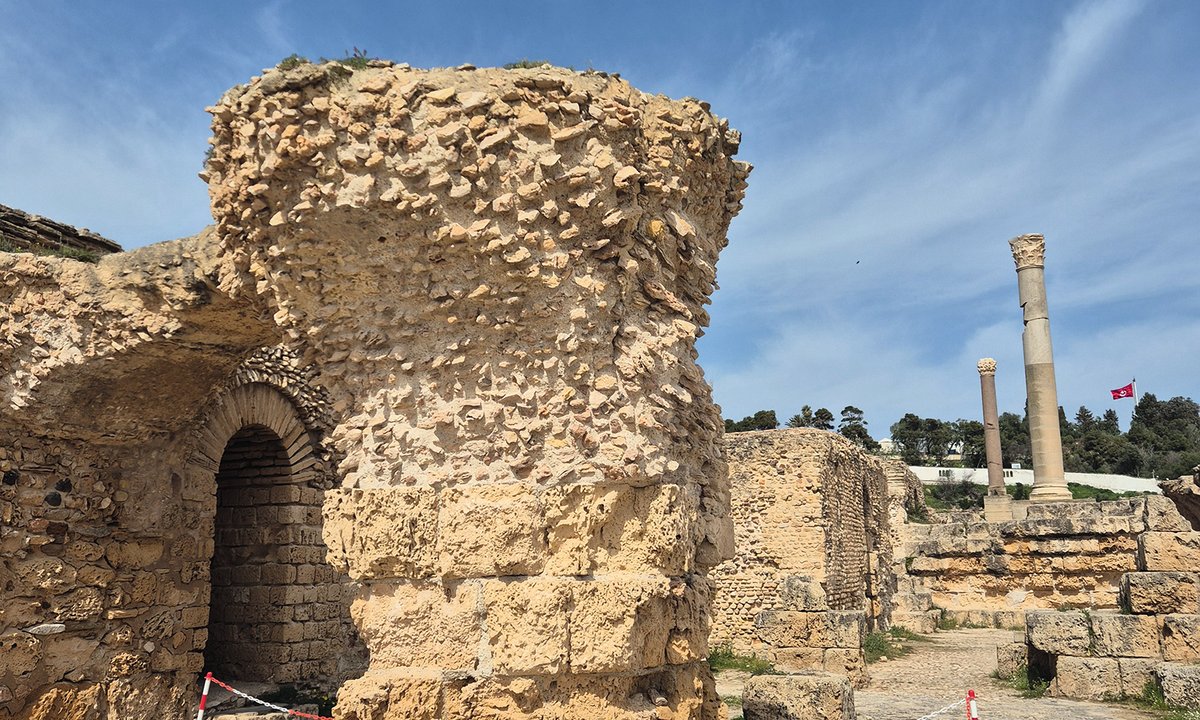
"The erosion from saline winds is clearly visible at the Baths of Antoninus, one of the three largest Roman bath complexes ever built and the only one on African soil. Numerous columns are cordoned off for their protection. At the nearby Punic Port site along the coast, which serviced Carthaginian and Roman ships, parts of the port island can be seen crumbling into the sea."
"The issue is beginning to raise the alarm at Unesco. At the 47th session of the World Heritage Committee in July, Audrey Azoulay, Unesco's director-general, highlighted climate change as one of the great dangers facing global heritage. She cited a recent joint report from Unesco and the World Resources Institute, which found that nearly three-quarters (73%) of World Heritage sites are highly exposed to water-related hazards, such as drought, water stress or coastal flooding."
"A major study published in the journal Nature Climate Change in 2022 mapped 284 cultural and natural heritage sites along Africa's 300,000km coastline. It found that 56 (20%) were already facing risks from coastal flooding and erosion, and this number was expected to triple to more than 190 by 2050 due to rising greenhouse gas emissions."
Carthage's ancient ruins, including the Baths of Antoninus and the Punic Port, are suffering visible damage from saline wind erosion and coastal collapse. Rising sea levels and increased salinity are compounding long-term deterioration of stone and masonry in coastal archaeological sites. UNESCO officials and studies warn that water-related hazards threaten a large share of World Heritage properties. A 2022 study mapped 284 coastal heritage sites in Africa and found 56 already at risk, with projections that risked sites could triple by 2050 under continued greenhouse gas emissions. Timely monitoring and interventions are required to protect vulnerable coastal heritage.
Read at The Art Newspaper - International art news and events
Unable to calculate read time
Collection
[
|
...
]